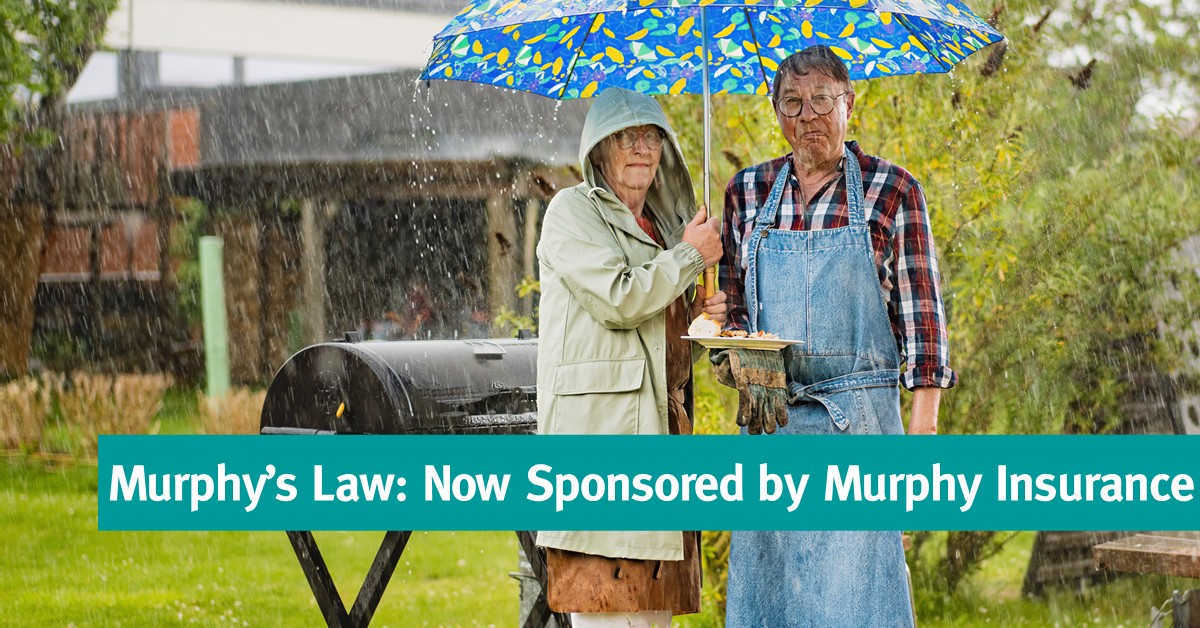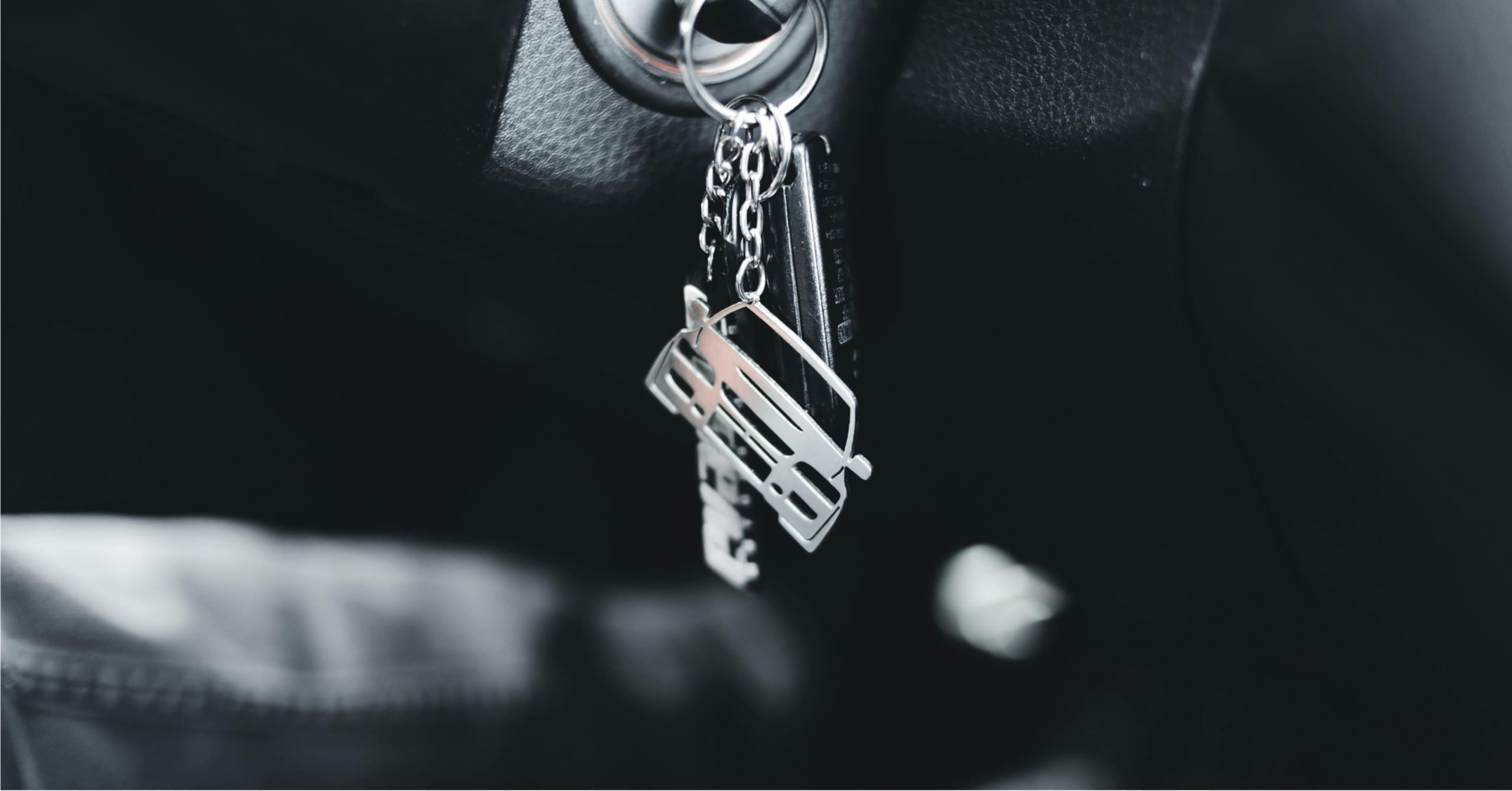Ice Dams can be a homeowners worst nightmare in winter. The best solution is to take steps at prevention, but even despite prevention efforts, you may find ice dams forming, so it’s important to have a plan.
How to Prevent Ice Dams
When attic air warms to above freezing, it causes the snow on your roof to melt. When temperatures outside are below freezing, the water running down the slopes can refreeze as it reaches the colder edges of the roof creating an “ice dam.”
Ice dams prevent water from draining off the roof and cause the water to pool and back up under the roofing material and into the attic or along exterior walls. Keeping the air in your attic cool and your roof cold is the best way to prevent this problem. Make sure that your attic is well ventilated so that any warm air is quickly replaced with cold air from outside. Provide sufficient insulation to prevent heat from living spaces from getting into the attic. Common causes of warm air getting into your attic are penetration points that aren’t properly sealed or vented.
Areas that should be addressed include:
- exhaust fans
- ceiling light fixtures
- plumbing vents and heating ducts
- chimney
- attic hatches/pull-down stairs
- electrical cables
Another way to prevent ice dams is to use a special aluminum roof rake to remove the snow several feet back from the roof’s edge after a snow storm. This can help to avoid the problem, but it doesn’t work in every situation. Always use the rake while standing firmly on the ground, and do so gently to avoid damaging the shingles.
If you have gutters on your home, be sure to clear them out as part of your fall clean up to help slow ice dam formation. Even with clean gutters, ice dams can still form in certain weather conditions; however, gutters clogged with frozen debris increase the chances of having problems.
What to Do if You Get an Ice Dam
If prevention measures don’t work and an ice dam occurs, act quickly if you see water stains on a ceiling or wall. Remove as much snow as possible from the roof above the ice dam to eliminate the source of additional water. When using a roof rake pull down not across to avoid damaging shingles. Do not stand on your roof due to the extreme risk of falling. If using a ladder follow safety instructions and use extra caution.
Some recommend gently chiseling a couple grooves through ice dam to relieve the backed up water, but not going all the way to the roofing and being extremely careful not to damage the shingles, which are more brittle in the cold. Others say not to chip or chisel the ice because of the risk of roof damage. There are chemical solutions specially formulated for this problem; however, do not use rock salt to melt snow on your roof because it is corrosive and can damage your roof and kill vegetation below.
Some suggest filling a nylon stocking with calcium chloride ice melt, which is less corrosive to metal, and positioning it perpendicular to the roof at the roof’s edge with the goal of creating a small channel in the ice dam to drain the water. However, there are others who do not recommend this method because calcium chloride still has corrosive qualities. There are various commentaries on the use of this method that can be found on the internet. Ultimately, you as the home owner need to research options and choose what you think is the best solution.
We suggest hiring a professional with the proper tools and experience. Performing snow and ice dam removal risks possible personal injury and damage to the roof if not done properly.
NOTE: Murphy Insurance is not a roofing expert and cannot guarantee that these prevention or corrective measures will alleviate damage. Consult and experienced contractor or expert to determine the best solution for your situation.Visit Our Homeowners Insurance Page
At Murphy Insurance, we take great care in assessing your options for homeowners insurance to ensure that you receive the most favorable value. Our dedication to serving you entails collaborating with highly-rated insurance providers and conducting comprehensive assessments of available choices. Our goal is to achieve the ideal equilibrium between affordability and coverage that suits your unique needs. Please let us provide you with a customized homeowners insurance quote.













